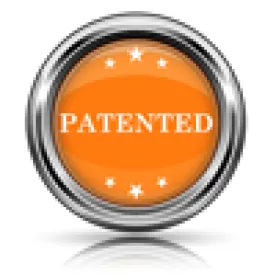In its Order, the Board granted Patent Owner’s request for additional discovery. The Board also granted both Patent Owner’s and Petitioner’s motions to seal and for entry of a protective order.
Patent Owner had previously challenged that Petitioner had failed to identify the real-parties-in-interest (RPI). The Board, nonetheless, decided that Petitioner had complied with the requirement to identify the RPI and instituted inter partes review (IPR). Patent Owner subsequently filed a motion for additional discovery from Petitioner, Par Inc. (Par) and Par filed an opposition thereto.
In its motion, Patent Owner requested (1) billing records submitted by Petitioner to Par (or entities thereof) and (2) employment agreements between Mr. Silverstein and/or Mr. Brown and any Par entity. Mr. Silverstein and Mr. Brown are in-house attorneys identified by Petitioner as having primary responsibility for the IPR petitions. Patent Owner addressed the five factors for grant of a motion for additional discovery from Garmin Int’l, Inc. v. Cuozzo Speed Techs LLC (Garmin).
The first Garmin factor is that more than a mere allegation or possibility that something useful will be discovered. Patent Owner argued that the billing records will assist in determining who is paying for the IPRs and which Par entity employs the individuals responsible for the content and filing of the petitions. Petitioner argued that Patent Owner could have deposed another declarant regarding the billing and employment records prior to institution, but chose not to do so. The Board concluded that Petitioner “attempts to use the attorney-client privilege and alleged undue burden as a shield to avoid providing the limited documents requested.”
Petitioner argued that the evidence relied upon by Patent Owner to assert its RPI argument is inadmissible under Federal Rule of Evidence 408. Federal Rule of Evidence 408 precludes the use of offers of compromise “to prove or disprove the validity or amount of a disputed claim.” The Board disagreed with Petitioner, noting that the claim at issue here is validity of the ’182 patent, not Par’s compliance with the statutory requirement to identify RPI.
The Board concluded that the other Garmin factors were also in Patent Owner’s favor. Thus, the Board granted Patent Owner’s motion for additional discovery.
Patent Owner and Petitioner submitted motions to seal confidential information in the record. The standard for granting a motion to seal is good cause under 37 C.F.R. § 42.54. Patent Owner stated that Exhibit 2033 contains a declarant’s home address. Both Patent Owner and Petitioner stated that Exhibit 2037 contained confidential business information. The Board agreed that both parties had demonstrated good cause.
AMNEAL PHARMACEUTICALS LLC AND PAR PHARMACEUTICAL, INC. v. JAZZ PHARMACEUTICALS, INC., IPR2015-00545, IPR2015-00546, IPR2015-00548, IPR2015-00551, IPR2015-00554
Paper 38: Conduct of the Proceeding
Dated: September 18, 2015
Patent 8,589,182, 7,765,106, 7,765,107, 7,895,059, 8,547,988, and 7,668,730
Before: Jacqueline Wright Bonilla, Susan L. C. Mitchell, and Brian P. Murphy
Written by: Murphy



 />i
/>i

